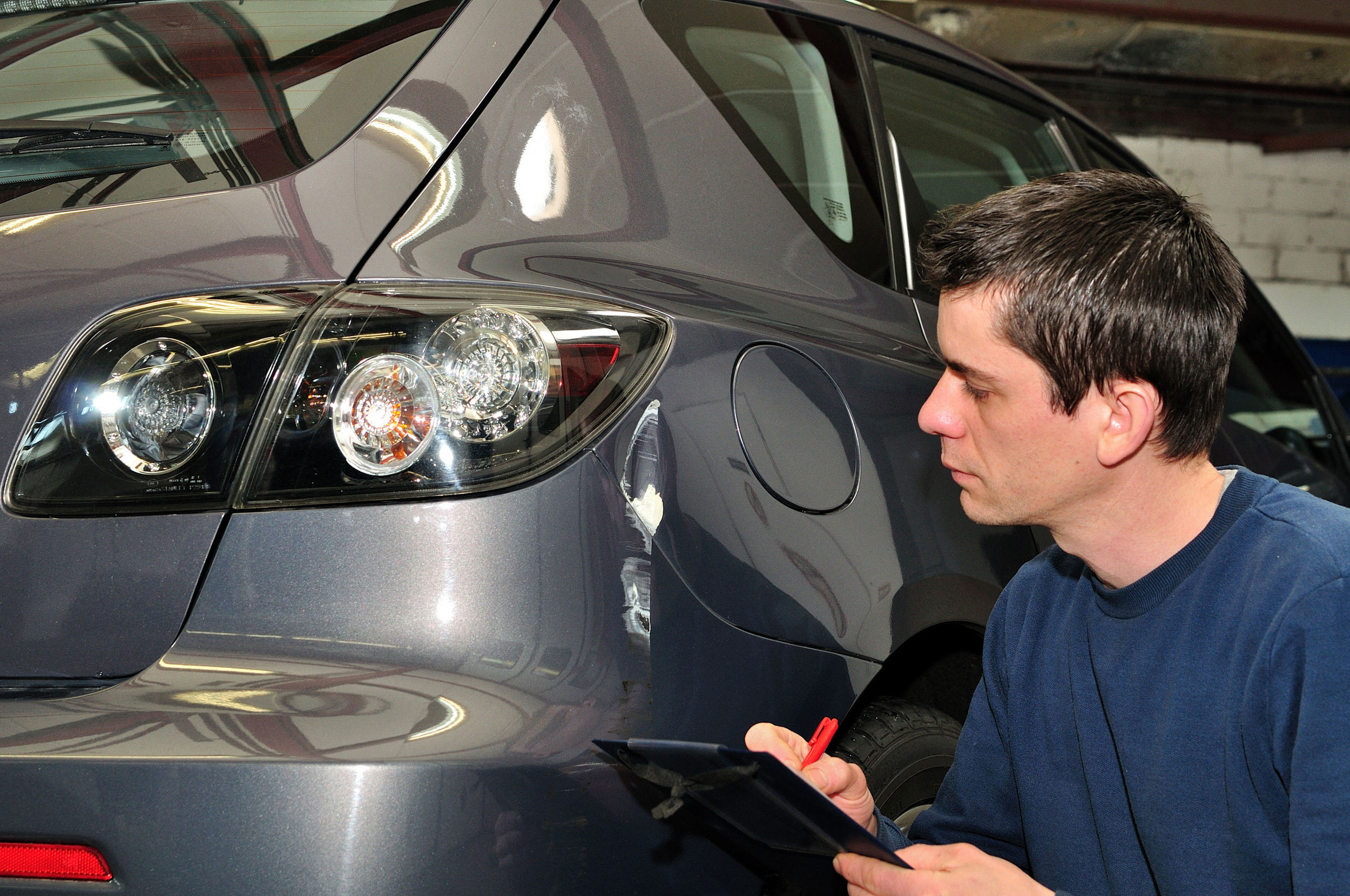The Basics:
When an automobile is damaged in an accident and then repaired, the resale value may be less than a comparable automobile that has not been damaged. In other words, the damage results in a reduction or “diminution” in the resale value of the automobile. An insured’s claim for this reduction in value may be made against a third party that negligently caused the damage to the insured’s automobile, or it may arise from a first-party claim against the insured’s own physical damage coverage. There are three types of diminished value:
1. Immediate Diminished Value: This is the loss of value which results immediately after an accident before any repairs are made. It is the difference in market value immediately before and after an accident.
2. Inherent Diminished Value: This refers to the loss of value of an automobile that remains after it is completely and professionally repaired. It is the loss of value that results from the fact that the vehicle has been in an accident. This type of diminished value is often referred to as “stigma damage.” Given two identical vehicles on a car lot, the one never damaged is preferable to the one that has been damaged and repaired. This is the form encountered most often.
3. Repair-Related Diminished Value: This refers to the additional loss of value to a vehicle that results from incomplete or poorly-performed repairs. It could include simple cosmetic damages that remain after repair or major mechanical or structural deficiencies.
There are two types of diminished value claims:
1. First-Party Claims: These are claims made by the vehicle owner/policyholder against his or her own insurance company to recover the difference in the value of the vehicle before the collision and value of the vehicle after the damage caused by collision had been repaired. This type of claim is usually governed by contract law and the terms of the insurance policy. When a vehicle is damaged, a policyholder generally expects to be “made whole” by its property insurer, but an insurer is legally responsible only to pay according to the terms of the policy.
2. Third-Party Claims: These are claims made by the owner of a vehicle against a third-party tortfeasor for negligently causing damage to the owner’s vehicle. This type of claim is governed by tort law.
First-Party Claims:
With regard to first-party claims, the Insurance Services Office (ISO) contract language (specifically the Limit of Liability Condition) arguably appears to cover only the Actual Cash Value of the damage or the actual cost to repair the damage. There is often nothing in the policy language that would contractually cover any reduction in market value, even if the insured were able to prove the amount of reduction in value. On the other hand, the ISO policy allows the insurer to deduct for “betterment” or depreciation, although the burden of proof is on the insurer to demonstrate such depreciation or betterment. In physical damage claims, the policy allows the carrier to deduct for an “improvement” in value (i.e., betterment) due to repairs with newer parts but will not necessarily compensate the insured for a reduction in value due to the same accident. As a result, there is a disparity among the various states regarding recovery of diminution in value in first-party cases. As a whole, these types of claims are less common. Often, they are not covered in an auto insurance policy unless there is Uninsured/Underinsured Motorist coverage.
Third-Party Claims:
In third-party claims for property damage to automobiles as a result of a collision for which a third party was at fault, the measure of damages is traditionally but not always the difference between the market value before and after the collision “diminution of value” or the reasonable repair value, whichever is greater. Such third-party diminution claims have been found by the courts to be covered by automobile insurance since the measure of damage in tort claims (which the insurer promises to pay) is the difference in the value of the property before the loss and the value of the property after the loss. Both the cost of repair and diminution in value has traditionally been regarded as acceptable methods of proving the amount of damage to property in third-party cases.
What You Need to Know When Dealing with a Diminution in Value Claim
1. Quality of the repairs
It is important to know if OEM or aftermarket parts were used and what types of machines made the repairs. Some repair shops use new equipment and techniques that could increase the value of the repairs. Obviously, new parts and new techniques will result in less of a diminution in value.
2. Was there structural damage?
Often the key to the diminution in value is whether there were major structural repairs made on the vehicle. An accident with minor repairs v. an accident with something like frame damage will make a difference in determining the diminution in value.
3. Previous accidents
Check the ISO and run a Carfax report to make sure that there are no prior accidents or repairs that would negatively affect the value of the vehicle.
4. Internationally shipped vehicle
Shipping is a piece often overlooked, but sometimes vehicles that ship internationally are damaged during shipment and sent for repairs before ever hitting a car lot. Often buyers have no knowledge that the vehicle had any repairs before they purchased it. If the vehicle were damaged during internationally shipping, this could affect the diminution in value.
5. Hire an appraiser
Once the car has been repaired and you have gathered the information noted above, you’ll want to hire an automobile appraiser (not an estimator). An appraiser will gather sales and market data for your area, which is necessary to properly determine the diminished value.
[i]See Matthiesen, Wickert & Lehrer, S.C., Diminution in Value Cases in All 50 States, http://www.mwl-law.com/wp-content/uploads/2013/03/diminution-of-value-in-all-50-states.pdf.

